Science: The Impact Of ADHD
Diagnosis Challenges
FINDING # 1
A 2019 study showed that 60 to 90 percent of people with ADHD have at least one comorbid disorder.
Because ADHD presents differently among individuals, it’s challenging to diagnose. The presence of comorbid conditions - the co-occurrence of two or more disorders - only adds complexity to the diagnosis and treatment of ADHD. That’s why thoroughly understanding the individual and how symptoms present is key for optimal personal care.
*Gnanavel S, Sharma P, Kaushal P, Hussain S. Attention deficit hyperactivity disorder and comorbidity: A review of literature. World J Clin Cases 2019; 7(17): 2420-2426 [PMID: 31559278 DOI: 10.12998/wjcc.v7.i17.2420].
Doctor's Visits
FINDING # 2
GPs say that two in five (40%) of their appointments now involve mental health.
According to behavioural health studies, about 40% of people visiting their GP or family doctor are driven by psychological problems, such as anxiety, panic, depression, and stress. Physicians are increasingly pressured to diagnose and treat mental and behavioural health problems that they are often not adequately trained to diagnose or treat.
*Hunter, C. L., Goodie, J. L., Oordt, M. S., & Dobmeyer, A. C. (2009). Integrated behavioral health in primary care: Step-by-step guidance for assessment and intervention. Washington, DC: American Psychological Association.
Workplace ADHD
FINDING # 3
Adults with ADHD are 61% more likely to have been fired and 53% more likely to quit their job
According to the Kuriyan Lab, ADHD is common in the workforce, estimated to affect upwards of 10% of workers, executives, and entrepreneurs globally. By fostering a supportive, inclusive, and responsive work environment, employers can maximize the strengths of ADHD employees and mitigate the challenges, benefiting both the employee and the organization. Employees can also learn executive function and working memory strategies to minimize the affects of overwhelm, distraction, and procrastination.
*Kuriyan et al, 2013, Vanderbilt University Kuriyan Lab
Drug Therapy
FINDING # 4
Only 40% respond to drug treatments for anxiety and depression.
According to metastudies (studies that combine and analyze all discoverable results), only about 40% of people respond to treatments for anxiety and depression, and of those that do, they only show an average of 50% improvement in their symptoms. Some studies have even shown response rate to be as little as 33%.
*Rush AJ, Warden D, Wisniewski SR, et al. STARD: revising conventional wisdom. CNS Drugs. 2009.
*Kudlow PA, McIntyre RS, Lam RW. Early switching strategies in antidepressant non-responders: current evidence and future research directions. CNS Drugs. 2014.
Who are Dr. Claire Sira and Tom Hudock?
Over the past 10 years, Dr. Claire and Tom have coached individuals and groups for ADHD, authored books, and created software called HyperFocus that helps doctors effectively assess ADHD. We equip adults with the skills and awareness for taking on ADHD challenges.
132-328 Wale Rd,
Colwood, BC V9B 0J8
(c) 2025 ADHD For Life Productions Inc.
Privacy Policy | Terms and Conditions
Connect with Dr. Claire Sira and Tom Hudock on Social Media:


